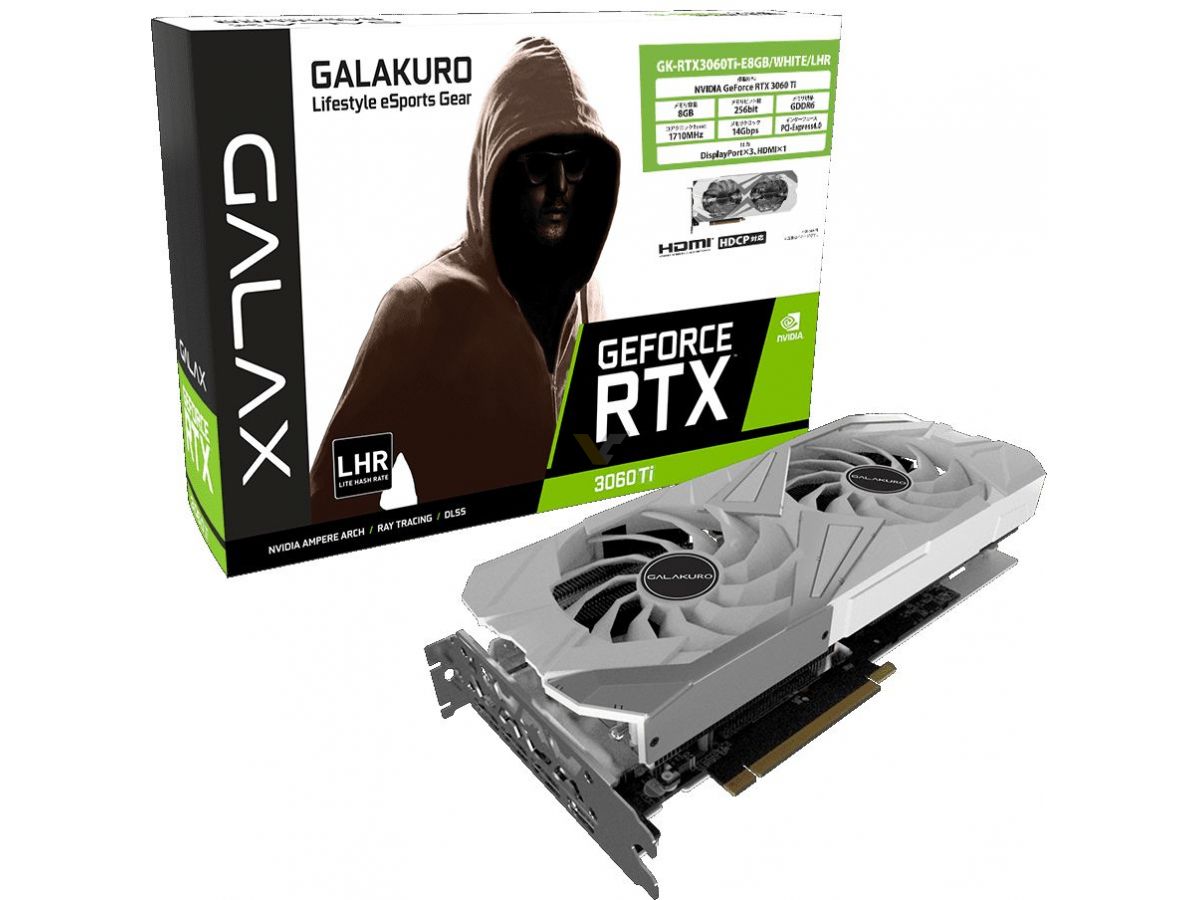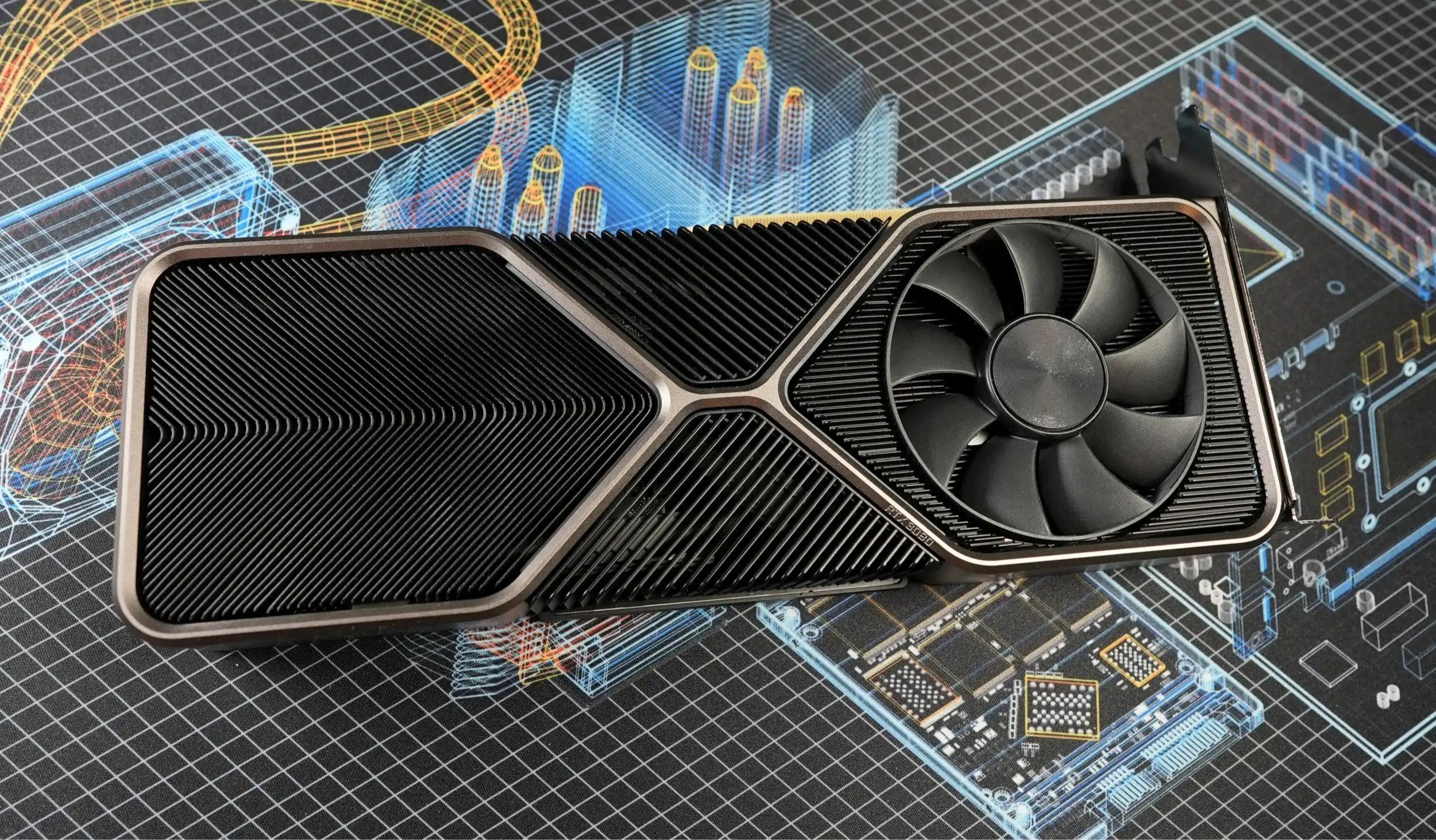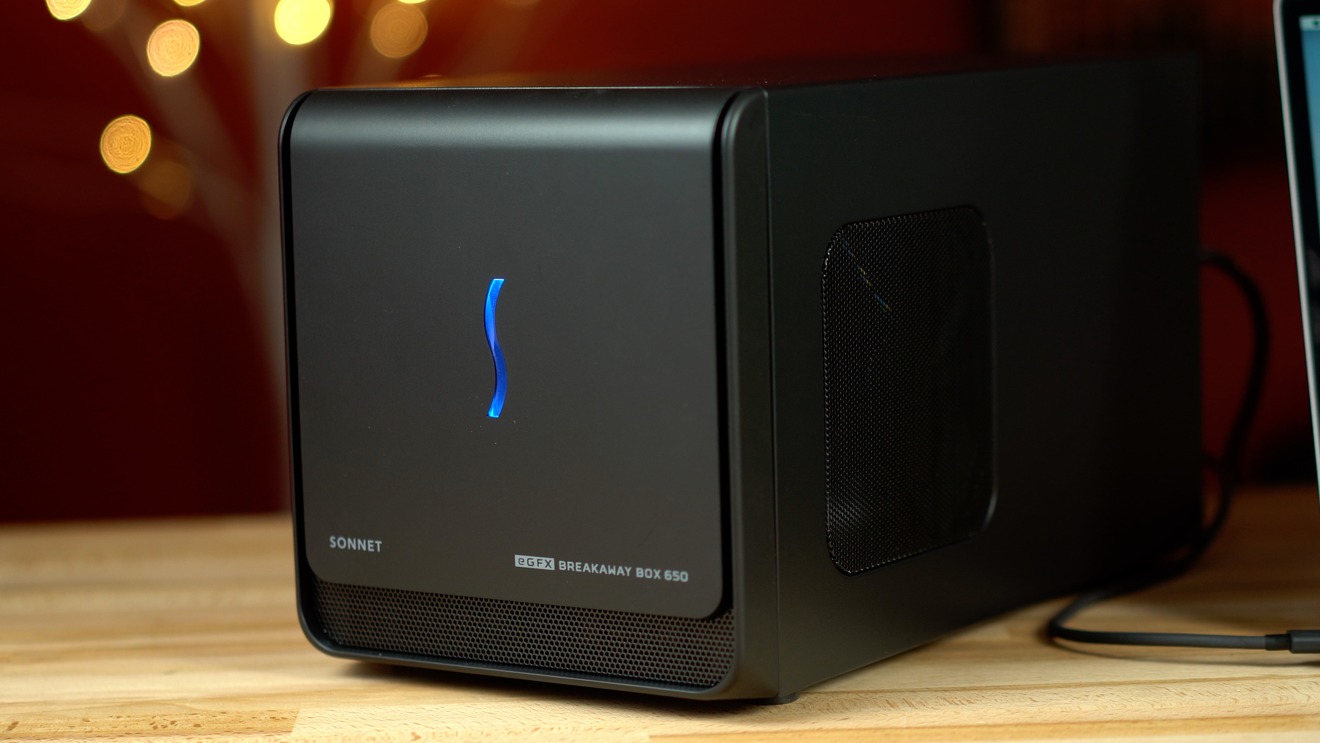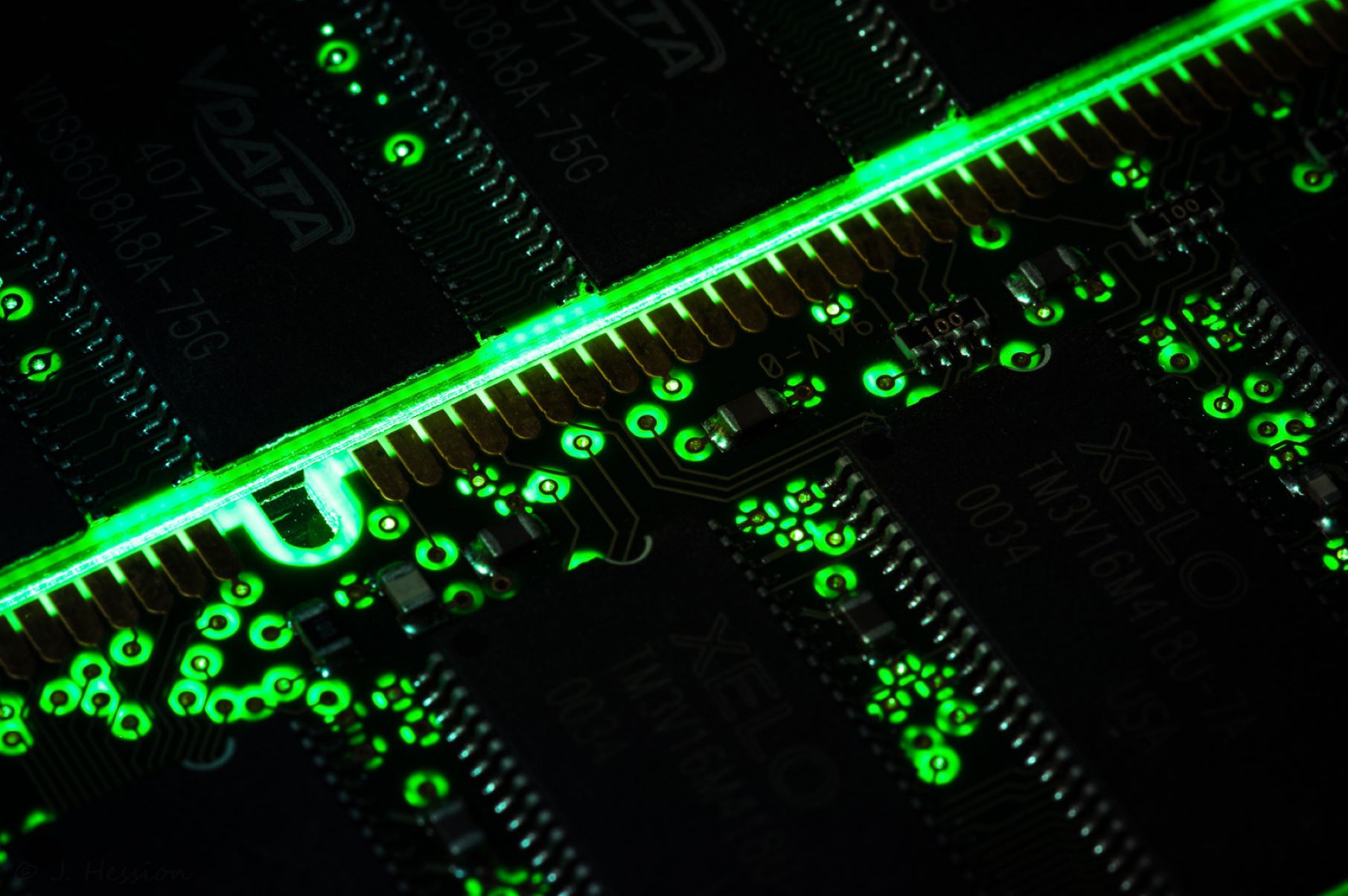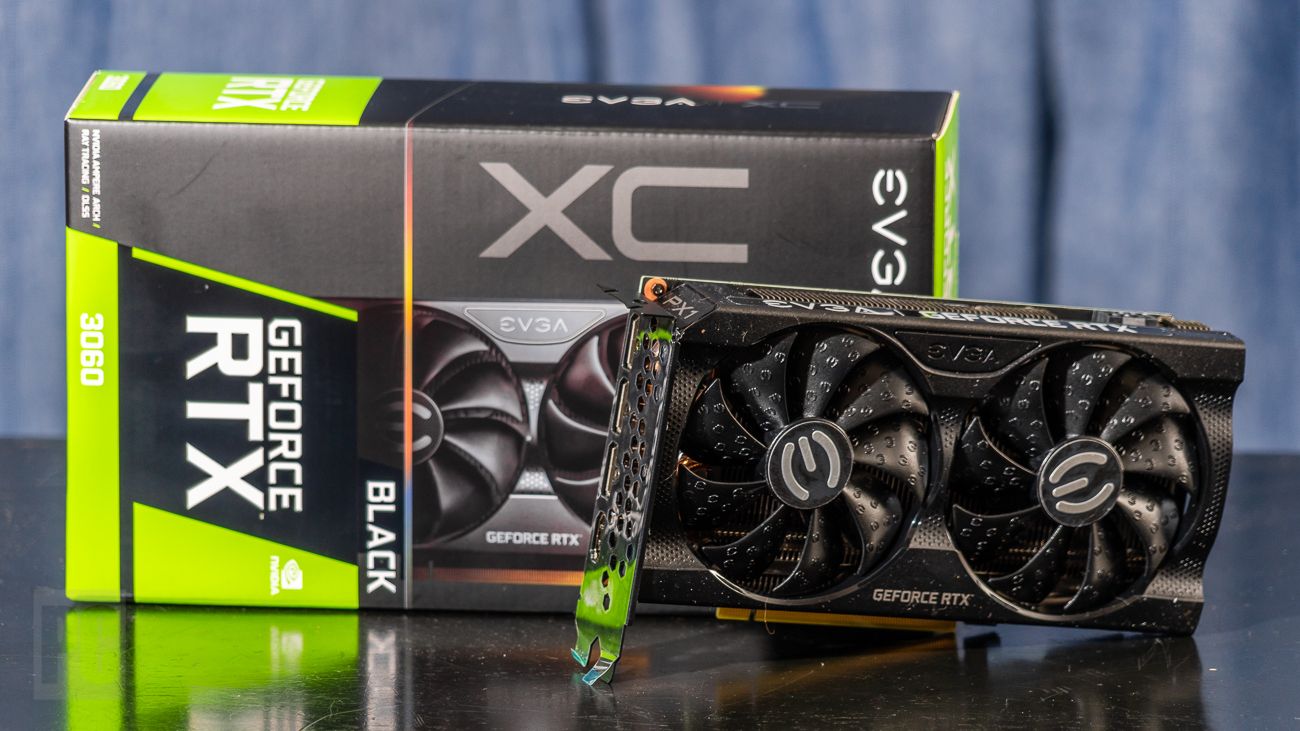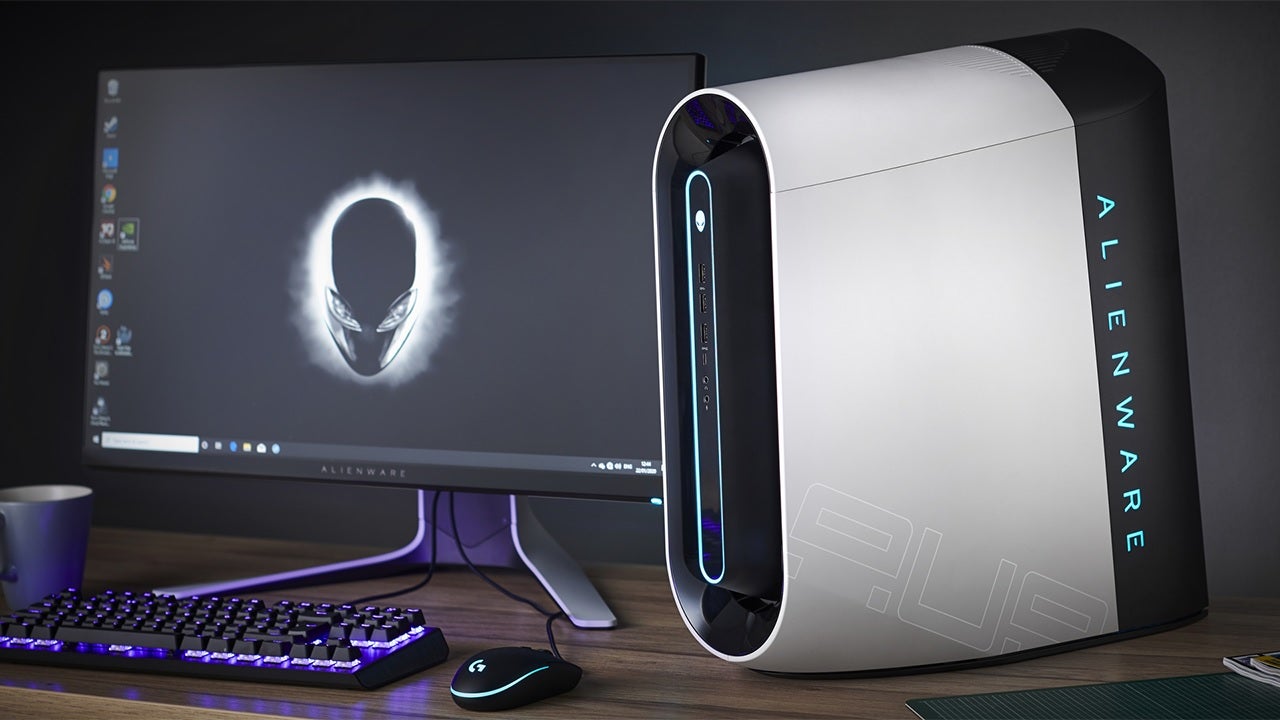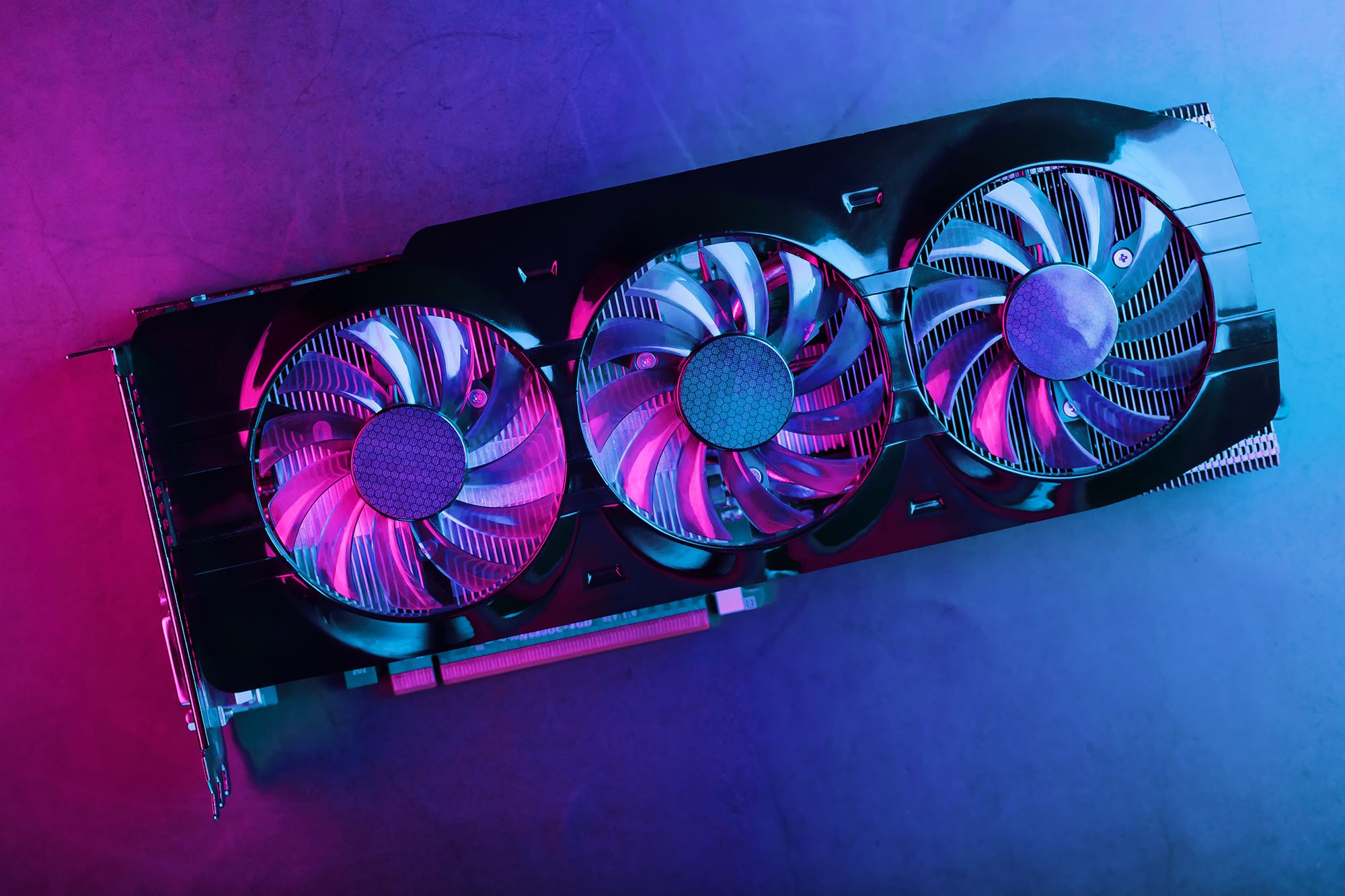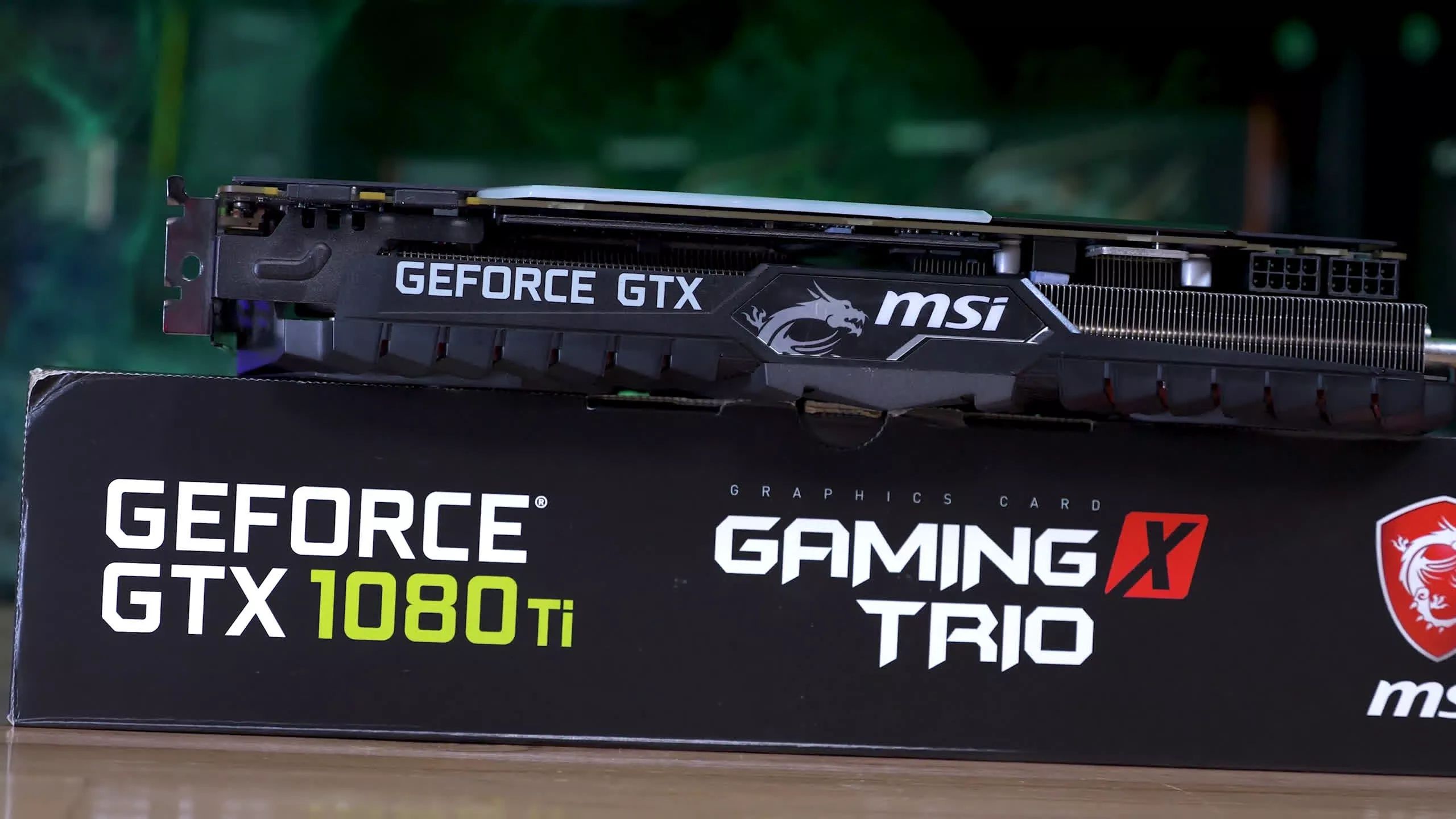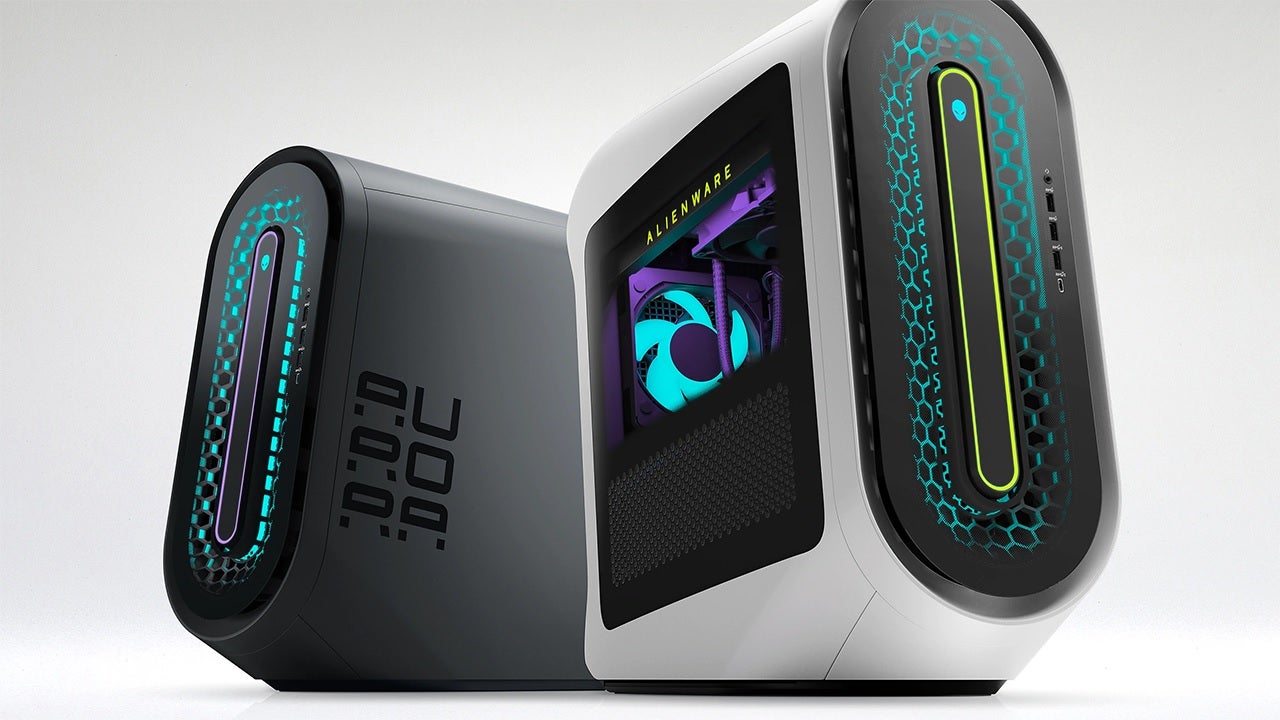Introduction
Welcome to the world of Lhr graphics cards! As technology evolves, so does the demand for efficient and high-performing graphics cards. If you’re a tech enthusiast or a gamer, you’ve probably heard about the Lhr graphics card. But what exactly is it?
Lhr stands for “Lite Hash Rate,” and it refers to a graphics card designed specifically for cryptocurrency mining. Cryptocurrency mining is a process that involves solving complex mathematical problems to verify transactions and earn digital currencies. However, this process consumes a significant amount of energy and contributes to the global scarcity of graphics cards, making it more difficult for gamers and PC enthusiasts to acquire them at reasonable prices.
With Lhr graphics cards, manufacturers have taken steps to address this issue. These cards are designed to restrict their mining capabilities, reducing their hash rates when mining certain cryptocurrencies such as Ethereum. This limitation aims to discourage miners from purchasing graphics cards solely for mining purposes, ensuring that there are more cards available for gamers and non-mining users.
By implementing these restrictions, Lhr graphics cards strike a balance between meeting the demand for cryptocurrency mining and ensuring that gamers and PC enthusiasts can still enjoy powerful graphics performance without breaking the bank.
In this article, we’ll delve deeper into what Lhr graphics cards are, how they work, and the benefits they offer. We’ll also explore the limitations of mining with these cards and provide essential tips to help you choose the right Lhr graphics card for your needs. So, let’s get started and unlock the world of Lhr graphics cards!
Definition of Lhr Graphics Card
A Lite Hash Rate (Lhr) graphics card is a specialized type of graphics card that is specifically designed to limit its mining capabilities for certain cryptocurrencies. In the world of cryptocurrency mining, miners rely on powerful graphics cards to solve complex mathematical problems and earn digital currencies like Ethereum.
However, the exponential growth in mining activities has led to a scarcity of graphics cards, making it exceptionally challenging for gamers and PC enthusiasts to obtain them at reasonable prices. Additionally, the energy consumption associated with mining has raised concerns about sustainability and environmental impact.
Lhr graphics cards address these issues by implementing software and hardware restrictions on their mining performance. These restrictions significantly limit the card’s hash rate, which is the speed at which it can solve mathematical equations necessary for mining cryptocurrencies.
For example, a typical graphics card might have a maximum hash rate of 100 mega hashes per second (MH/s) when mining Ethereum. In contrast, an Lhr graphics card might have a reduced hash rate of only 50 MH/s or even lower when mining the same cryptocurrency.
By limiting the hash rate, Lhr graphics cards discourage miners from purchasing them solely for mining purposes. This helps ensure that there is a fairer distribution of graphics cards between miners and gamers, preventing miners from monopolizing the market.
It’s important to note that the mining limitations of Lhr graphics cards are specific to certain cryptocurrencies, primarily Ethereum. Other cryptocurrencies may not have the same restrictions imposed on them, allowing miners to maximize the card’s potential for other coin types.
Overall, an Lhr graphics card provides a solution to the demand and supply imbalance in the graphics card market, allowing both miners and gamers to coexist and benefit from high-performance graphics cards without compromising availability or affordability.
How Lhr Graphics Card Works
Understanding how an Lhr graphics card works requires a closer look at the software and hardware modifications implemented to limit its mining capabilities. Let’s explore the key components and processes involved:
BIOS Modification: One of the primary ways manufacturers restrict the mining capabilities of an Lhr graphics card is through a modified BIOS (Basic Input/Output System) firmware. The BIOS contains instructions and settings that control the card’s behavior. By modifying the BIOS, manufacturers can reduce the card’s hash rate and optimize it for gaming rather than mining.
Hash Rate Limiting: The modified BIOS sets a maximum limit on the card’s hash rate when mining certain cryptocurrencies. This means that even though the card may have the potential to achieve higher hash rates, it is deliberately limited to a lower level. For example, a graphics card might have a maximum hash rate of 100 MH/s when mining Ethereum, but with Lhr technology, the hash rate might be limited to 50 MH/s or lower.
NVIDIA’s Lhr Technology: NVIDIA, one of the leading graphics card manufacturers, introduced its own Lite Hash Rate (Lhr) technology. This technology utilizes dedicated hardware solutions to cap the mining performance of the graphics card. By implementing hardware-level limitations, NVIDIA ensures that the hash rate restriction is more effective and harder to bypass.
Monitoring Algorithms: Lhr graphics cards are equipped with monitoring algorithms that keep track of the card’s usage and detect mining activities. If the card detects mining operations, it initiates the hash rate limitation, reducing the card’s efficiency for mining cryptocurrencies like Ethereum.
Driver Enhancements: Manufacturers regularly release driver updates for Lhr graphics cards to improve performance and address any vulnerabilities. These driver updates often include optimizations for gaming and general computer usage, further reinforcing the focus on non-mining activities.
Overall, Lhr graphics cards work by implementing a combination of modified BIOS firmware, hardware-level limitations, monitoring algorithms, and optimized drivers to restrict the card’s mining capabilities. This allows gamers and PC enthusiasts to enjoy affordable graphics cards while discouraging the hoarding of cards solely for cryptocurrency mining purposes.
Benefits of Lhr Graphics Card
Lhr graphics cards offer several benefits for both gamers and the overall graphics card market. Let’s explore the advantages of using Lhr graphics cards:
Availability for Gamers: One of the primary benefits of Lhr graphics cards is their improved availability for gamers and PC enthusiasts. By limiting their mining capabilities, manufacturers ensure that a larger number of cards are available for gaming purposes. This helps address the scarcity issue and allows gamers to access high-performance graphics cards at reasonable prices.
Maintaining Affordability: The scarcity of graphics cards in the market has led to inflated prices, making it difficult for many gamers to upgrade their systems. With Lhr technology, manufacturers aim to prevent excessive demand from miners, which helps stabilize prices and ensures that graphics cards remain affordable for gamers.
Energy Efficiency: Lhr graphics cards contribute to energy efficiency in the cryptocurrency mining process. By reducing the card’s hash rate, the energy consumption associated with mining is significantly reduced. This helps alleviate concerns about environmental impact and promotes more sustainable mining practices.
Fair Distribution: Lhr graphics cards promote fairer distribution between miners and gamers. By limiting the mining capabilities of these cards, miners are discouraged from purchasing them solely for mining purposes. This allows a larger portion of the graphics card market to be available to gamers and non-mining users, helping to ensure a more equitable distribution.
Optimized for Gaming: Lhr graphics cards are designed and optimized specifically for gaming. While they may have reduced mining capabilities, they excel in delivering exceptional graphics performance for gaming enthusiasts. These cards are equipped with advanced technologies and features to provide smooth gameplay, high frame rates, and immersive visuals.
Future-proofing: Investing in an Lhr graphics card can provide a level of future-proofing. As cryptocurrency mining continues to evolve, restrictions on mining capabilities may become more widespread. By having an Lhr graphics card, you can be better prepared for any potential changes or limitations in the mining landscape.
Overall, Lhr graphics cards offer a range of benefits, including improved availability for gamers, affordability, energy efficiency, fair distribution, optimized gaming performance, and future-proofing. These advantages help create a more balanced and sustainable ecosystem for both miners and gamers to enjoy the benefits of high-performance graphics cards.
Understanding Lhr Graphics Card Mining Limitations
While Lhr graphics cards offer numerous benefits, it’s essential to understand the limitations they have when it comes to cryptocurrency mining. Let’s explore these limitations in more detail:
Reduced Hash Rates: The primary limitation of Lhr graphics cards is the reduced hash rate they provide for mining certain cryptocurrencies. This means that their mining performance is intentionally lower compared to non-Lhr cards. Miners looking to maximize their mining efficiency may find that Lhr cards may not be the best choice, as they are designed with a focus on gaming rather than mining.
Specific Cryptocurrency Limitations: Lhr graphics cards are primarily designed to limit mining performance for popular cryptocurrencies like Ethereum. However, it’s important to note that these limitations may not apply to all cryptocurrencies. Some newer or less popular coins may not have the hash rate restrictions implemented on Lhr cards, allowing miners to utilize their full potential for mining other cryptocurrencies.
Potential Future Limitations: The mining landscape is constantly evolving, and as the demand for graphics cards for mining purposes continues to rise, manufacturers may introduce further restrictions or modifications to Lhr graphics cards. This means that the mining limitations of these cards could change in the future, potentially affecting their mining efficiency and profitability.
Bypassing Limitations: Miners are always looking for ways to bypass the mining limitations on Lhr graphics cards to maximize their mining capabilities. Some individuals or communities may find methods to modify the cards or develop software workarounds to achieve higher hash rates. However, it’s important to note that bypassing these limitations may void warranties and can have legal consequences.
Alternative Mining Strategies: Due to the reduced mining efficiency, some miners may opt for alternative mining strategies when using Lhr graphics cards. They may explore mining different cryptocurrencies that are not subject to the same limitations or focus on mining strategies that require less computational power, such as proof-of-stake (PoS) coins.
Gaming Performance Unaffected: While the mining limitations of Lhr graphics cards may affect their mining efficiency, it’s important to note that their gaming performance remains unaffected. These cards are still powerful and capable of delivering exceptional graphics performance, making them an excellent choice for gamers and PC enthusiasts.
Understanding and accepting the mining limitations of Lhr graphics cards is crucial for both miners and users. Miners should consider whether the reduced mining performance aligns with their mining goals, while users can still enjoy the benefits of high-performance graphics cards for gaming and other non-mining purposes.
Tips for Choosing the Right Lhr Graphics Card
If you’re in the market for an Lhr graphics card, there are a few key factors to consider when making your selection. Here are some tips to help you choose the right Lhr graphics card for your needs:
1. Determine your Budget: Set a budget for your graphics card purchase and consider the price range of Lhr graphics cards within that budget. Remember to factor in any additional costs, such as power supply requirements or cooling solutions, if necessary.
2. Assess your Gaming Requirements: Consider the types of games you’ll be playing and the desired graphics performance. Look for an Lhr graphics card that can meet or exceed the recommended system requirements for your favorite games. Research benchmarks and reviews to get an idea of its gaming performance.
3. Understand Mining Limitations: Be aware of the mining limitations imposed on Lhr graphics cards. Consider whether you plan to mine cryptocurrencies and if the reduced mining performance aligns with your mining goals. If mining is a priority, you may want to explore other non-Lhr options that offer better mining efficiency.
4. Research Manufacturer and Model: Look into different manufacturers and models of Lhr graphics cards. Research their reputation, customer reviews, and support services. Some manufacturers may offer additional features or warranty options that could influence your decision.
5. Consider Power Consumption and Cooling: Evaluate the power consumption and cooling requirements of the Lhr graphics card you’re considering. Ensure that your power supply can handle the card’s power demands and that your PC case has adequate airflow to keep the card cool during intensive gaming sessions.
6. Check Availability: As Lhr graphics cards continue to gain popularity, availability can still be a concern. Check with reputable retailers or online marketplaces to see if the specific model you’re interested in is in stock or available for pre-order.
7. Future-proofing: Consider the longevity of the graphics card and its compatibility with future technologies and gaming advancements. Look for a card with ample VRAM (Video RAM) and support for the latest industry standards to ensure it can handle upcoming games and software updates.
8. Compare Prices and Reviews: Lastly, compare the prices and reviews of different Lhr graphics cards. Look for the best value for your money, taking into account the features, performance, and reliability of the card. Online forums and tech websites can provide valuable insights from real users.
By considering these tips, you can make an informed decision when choosing the right Lhr graphics card that fits your budget, gaming requirements, and preferences. Remember to prioritize your specific needs and do thorough research before making your purchase.
Conclusion
In conclusion, Lhr graphics cards have emerged as a solution to address the high demand and limited availability of graphics cards in the market. By implementing mining limitations and focusing on gaming performance, these cards strike a balance between meeting the needs of both miners and gamers.
Lhr graphics cards offer several benefits, including improved availability for gamers, affordability, energy efficiency, fair distribution, optimized gaming performance, and future-proofing. These advantages contribute to a more sustainable and balanced graphics card market.
However, it’s important to be aware of the mining limitations of Lhr graphics cards. Their reduced hash rates and restrictions on specific cryptocurrencies may impact their mining efficiency, making them less favorable for miners seeking maximum performance. It is essential to consider your mining goals and whether the limitations align with your objectives.
When choosing the right Lhr graphics card, factors such as budget, gaming requirements, manufacturer reputation, power consumption, cooling, availability, and future-proofing should be taken into account. Thorough research and comparison of prices and reviews will help you make an informed decision.
Ultimately, Lhr graphics cards provide a solution for gamers and PC enthusiasts to access high-performance graphics cards without breaking the bank. They contribute to a fairer distribution of graphics cards in the market and promote a more sustainable approach to cryptocurrency mining.
Whether you’re a gamer looking to upgrade your system for an immersive gaming experience or a miner seeking more efficient mining options, Lhr graphics cards offer a viable choice. By understanding their limitations and benefits, you can make a well-informed decision and enjoy the best of both worlds – powerful graphics performance for gaming and a more equitable graphics card market for all.







